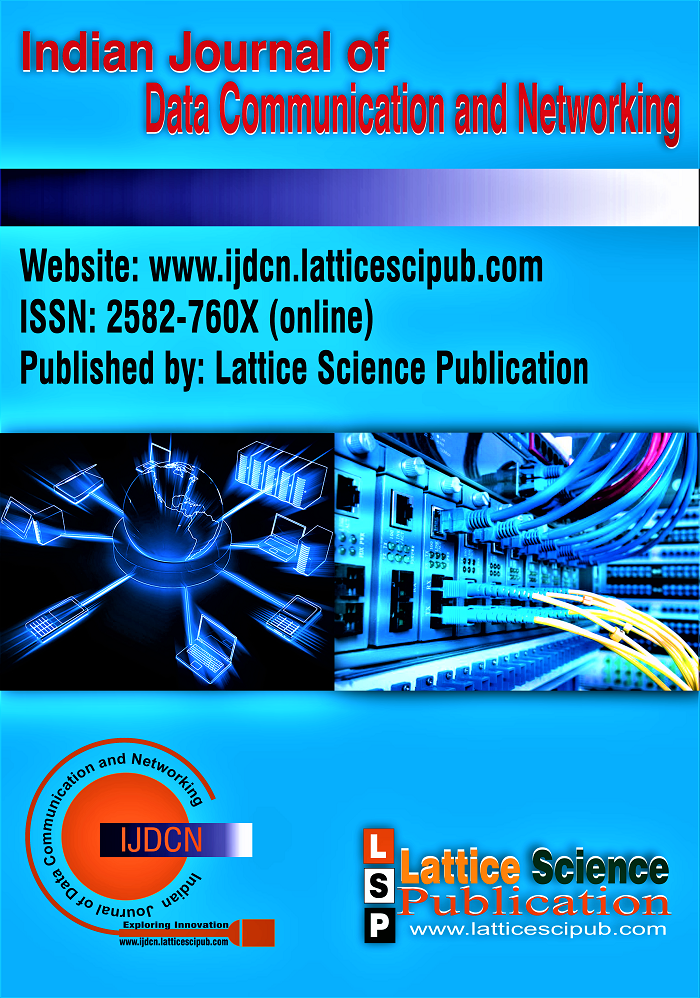A Reduced-Complexity Maximum Likelihood Detection with A Sub Optimal Ber Requirement
Main Article Content
Abstract
Maximum likelihood (ML) detection is an optimal signal detection scheme, which is often difficult to implement due to its high computational complexity, especially in a multiple input multiple-output (MIMO) scenario. In a system with Nt transmit antennas employing M-ary modulation, the ML-MIMO detector requires MNt cost function (CF) evaluations followed by a search operation for detecting the symbol with the minimum CF value. However, a practical system needs the bit-error ratio (BER) to be application-dependent which could be sub-optimal. This implies that it may not be necessary to have the minimal CF solution all the time. Rather it is desirable to search for a solution that meets the required sub-optimal BER. In this work, we propose a new detector design for a SISO/MIMO system by obtaining the relation between BER and CF which also improves the computational complexity of the ML detector for a sub-optimal BER.
Downloads
Article Details

This work is licensed under a Creative Commons Attribution-NonCommercial-NoDerivatives 4.0 International License.
How to Cite
References
S. M. Kay., Fundamentals of Statistical Signal Processing: Estimation Theory. Prentice Hall, 1993.
J. Li, K. Letaief, and Z. Cao, “A reduced-complexity maximumlikelihood method for multiuser detection,” IEEE Transactions on Communications, vol. 52, no. 2, pp. 289–295, 2004. [Crossref]
L. He and H. Ge, “Reduced complexity maximum likelihood detection for v-blast systems,” in IEEE Military Communications Conference, 2003. MILCOM 2003., vol. 2, pp. 1386–1391 Vol.2, 2003.
P. Wolniansky, G. Foschini, G. Golden, and R. Valenzuela, “V-blast: an architecture for realizing very high data rates over the rich-scattering wireless channel,” in 1998 URSI International Symposium on Signals, Systems, and Electronics. Conference Proceedings (Cat. No.98EX167), pp. 295–300, 1998.
H. Men and M. Jin, “A low-complexity ml detection algorithm for spatial modulation systems with mpsk constellation,” IEEE Communications Letters, vol. 18, no. 8, pp. 1375–1378, 2014. [Crossref]
R. Rajashekar, K. Hari, and L. Hanzo, “Reduced-complexity ml detection and capacity-optimized training for spatial modulation systems,” IEEE Transactions on Communications, vol. 62, no. 1, pp. 112–125, 2014. [Crossref]
J.-S. Kim, S.-H. Moon, and I. Lee, “A new reduced complexity ml detection scheme for mimo systems,” IEEE Transactions on Communications, vol. 58, no. 4, pp. 1302–1310, 2010. [Crossref]
G. Lindell, “Some exact union bound results for maximum likelihood detection in mimo systems,” Proceedings. International Symposium on Information Theory, 2005. ISIT 2005., pp. 2223–2227, 2005. [Crossref]





